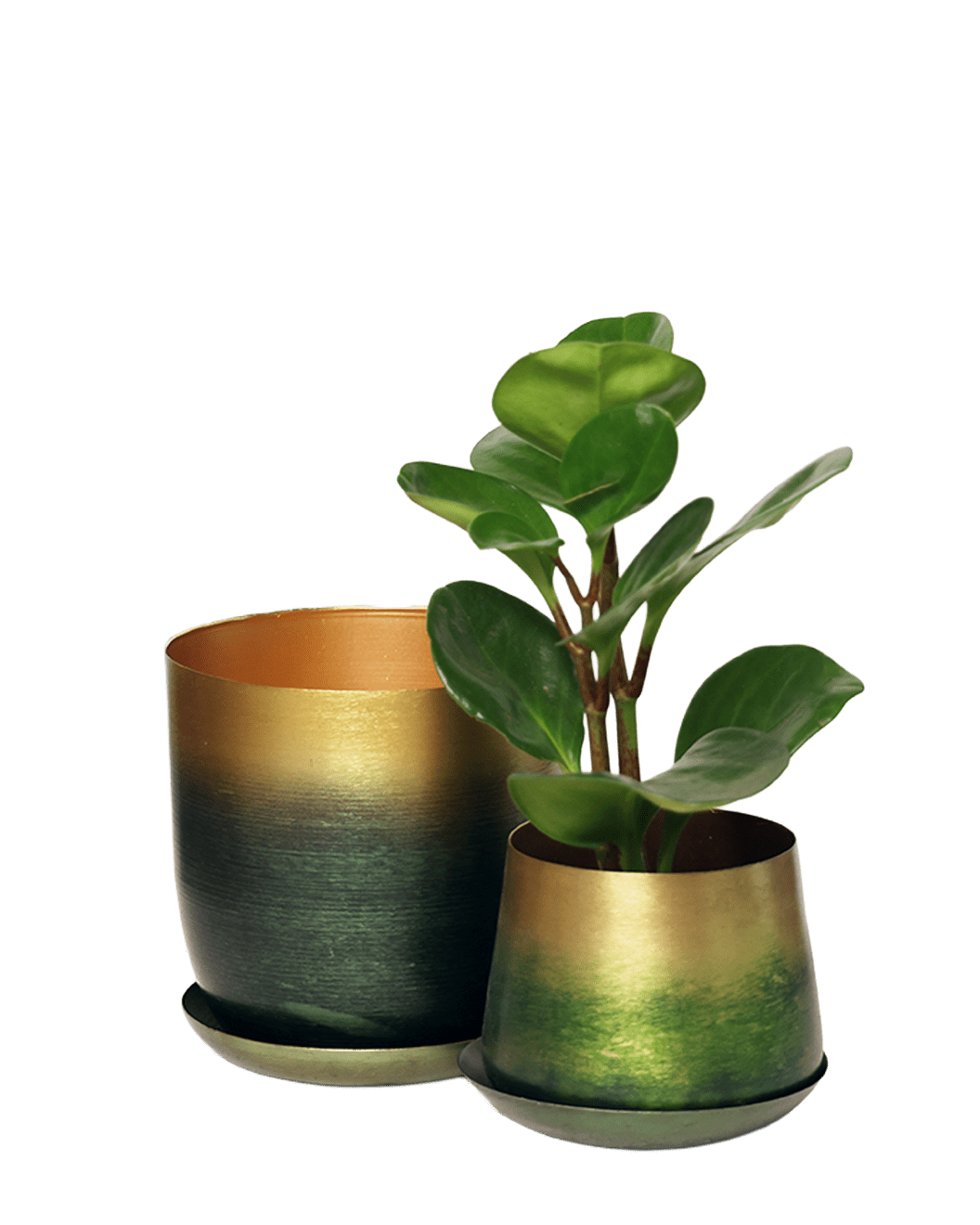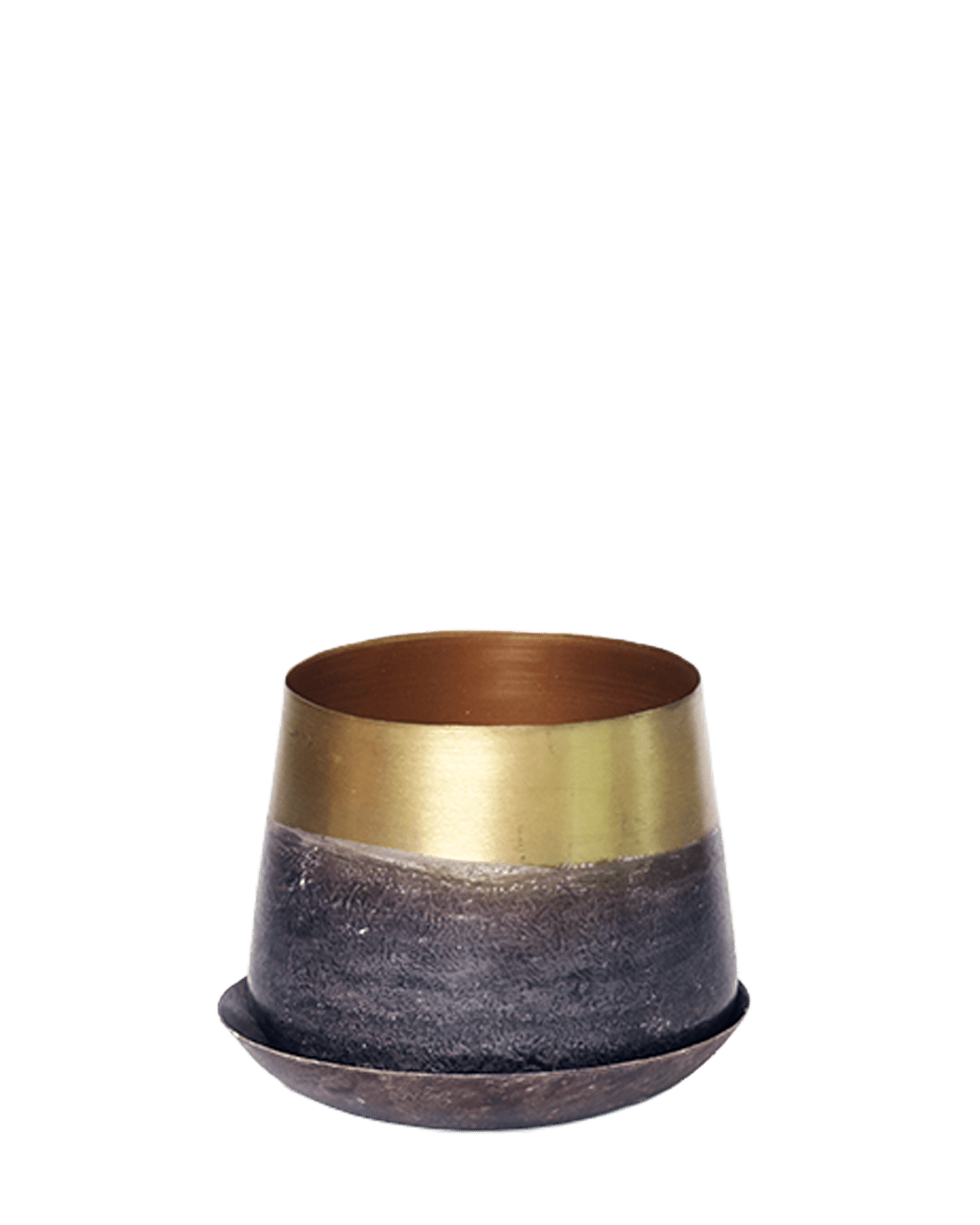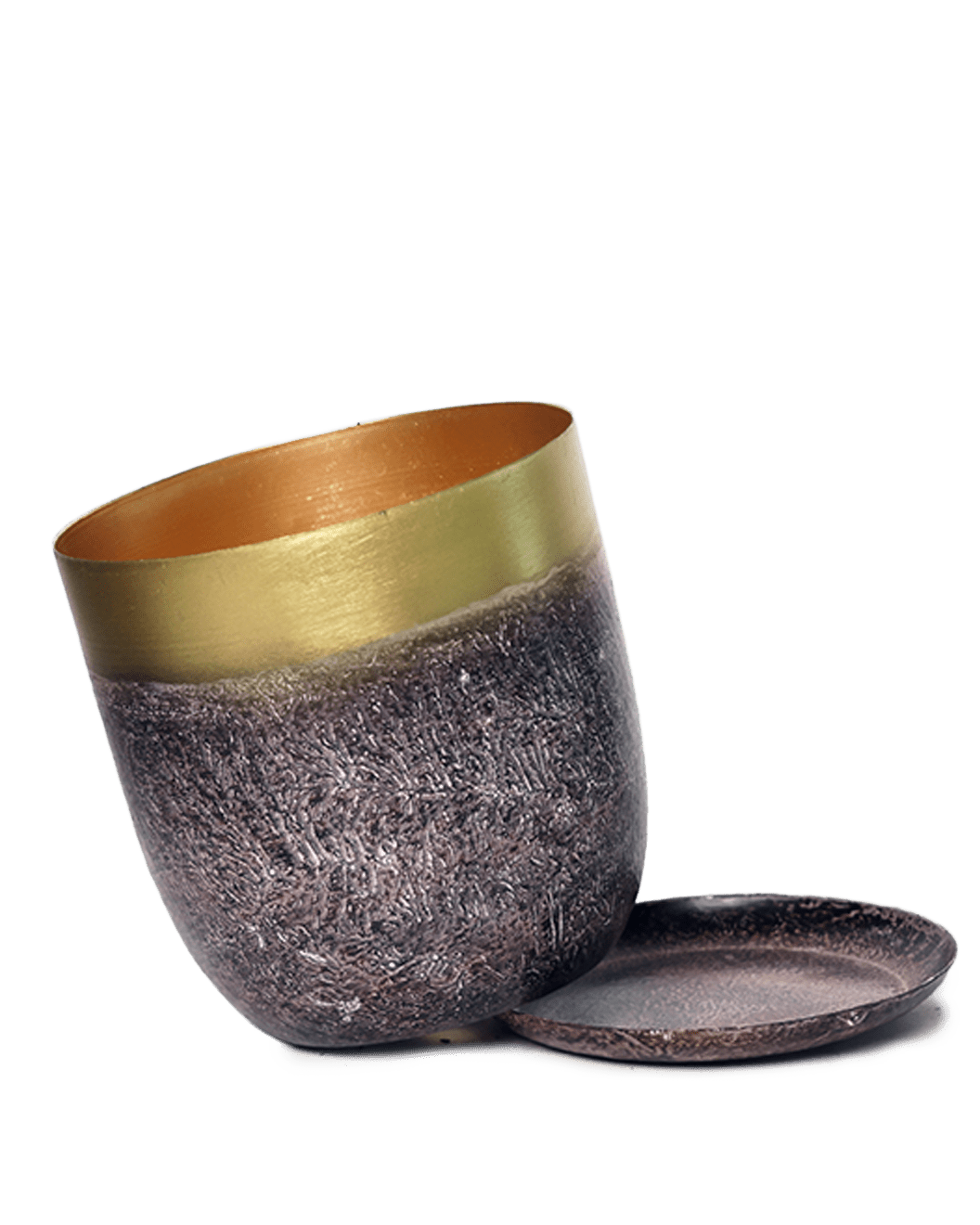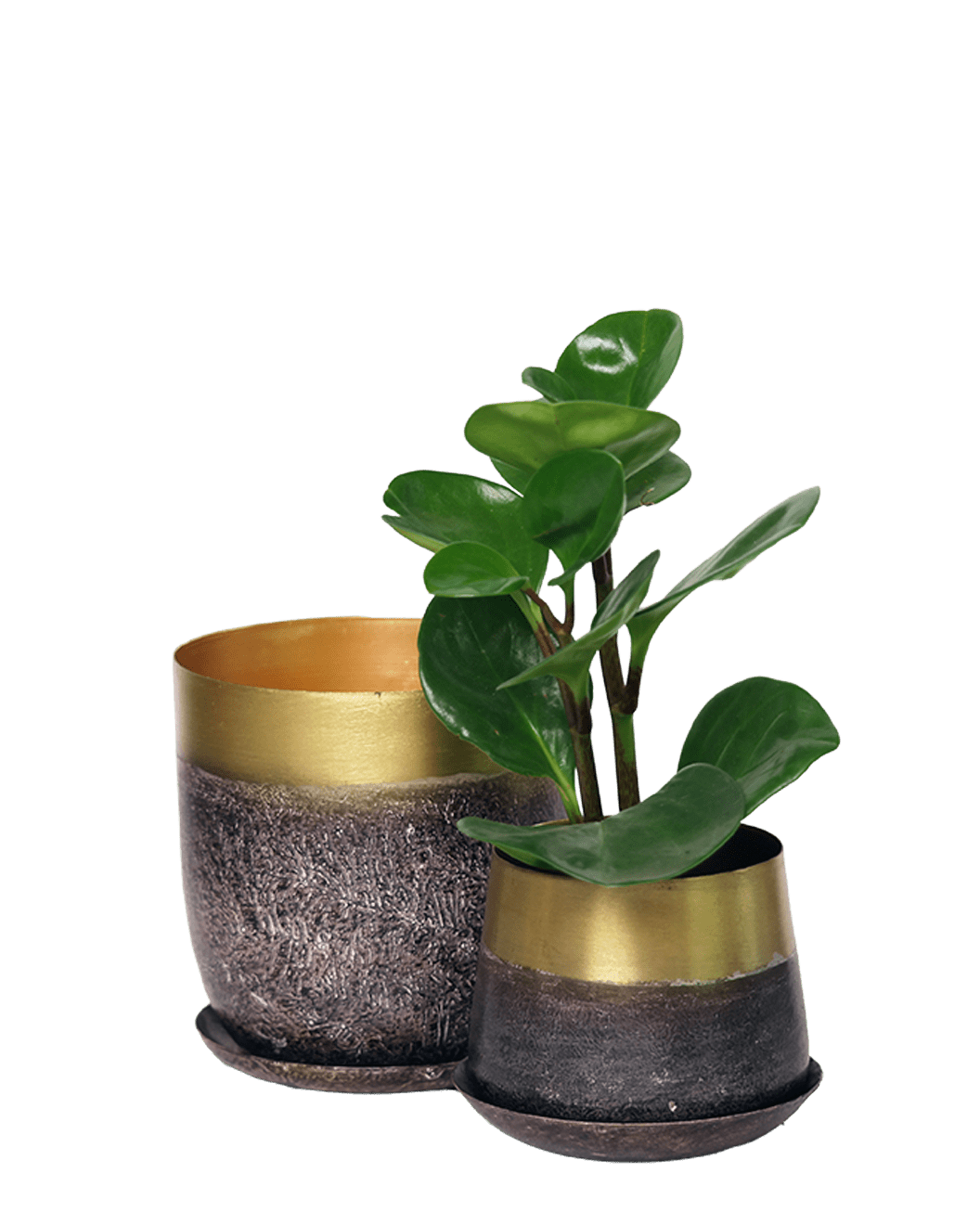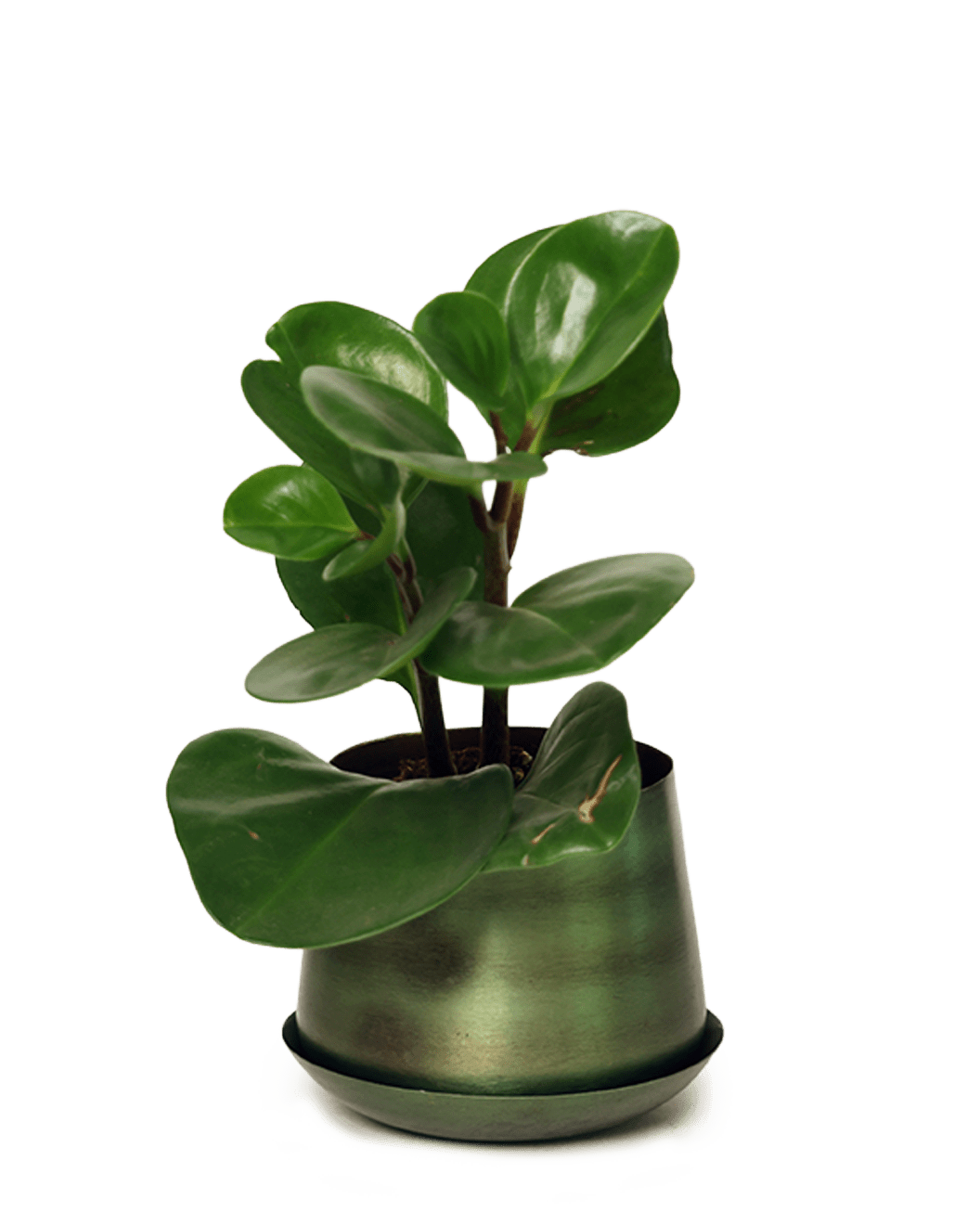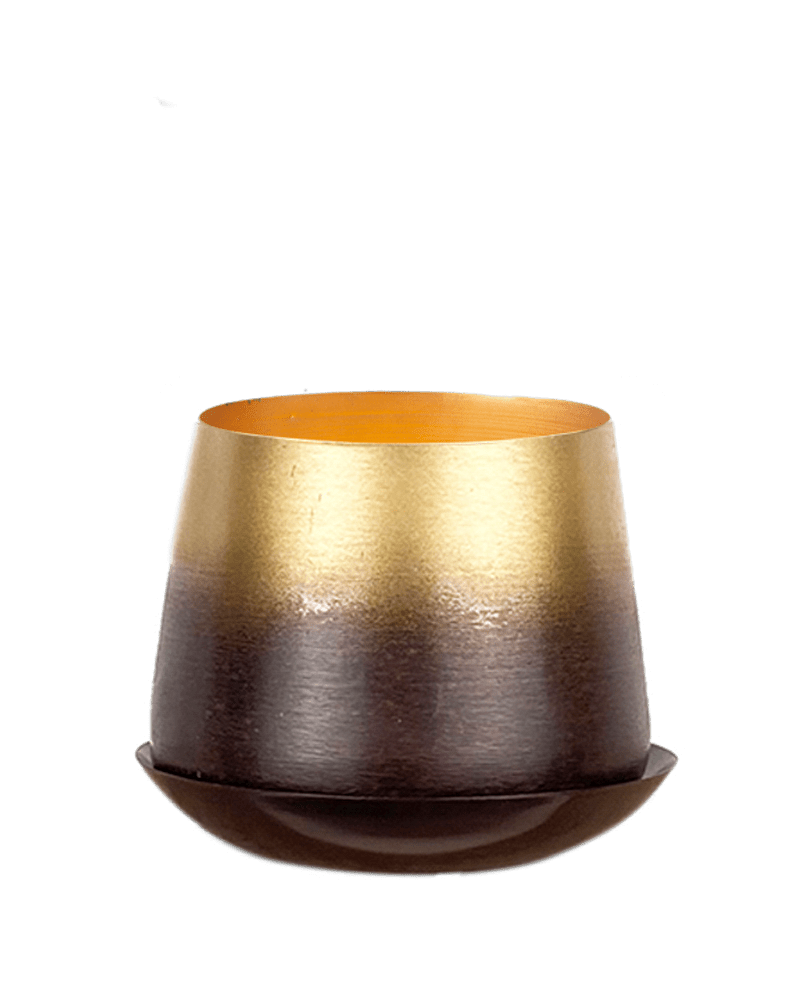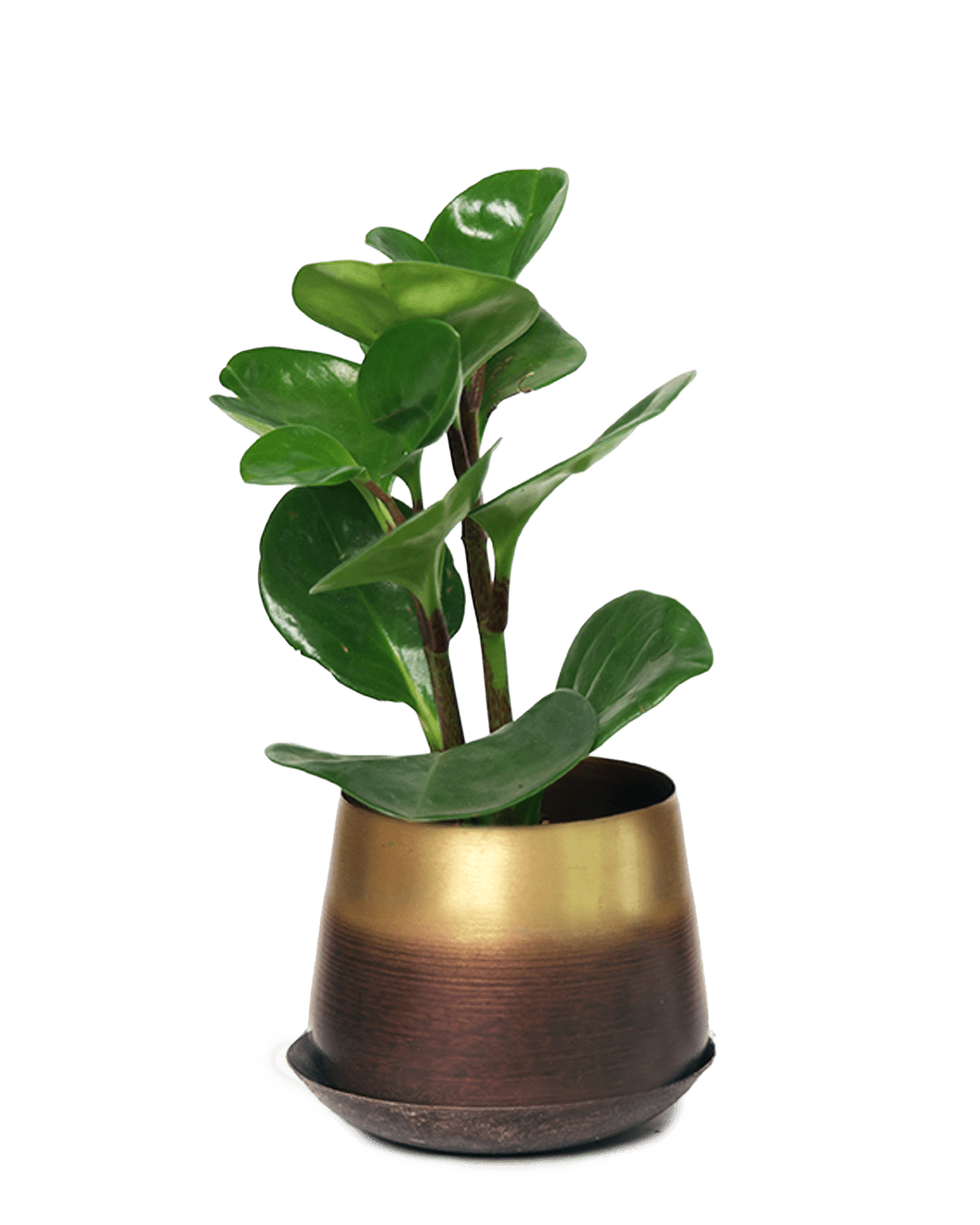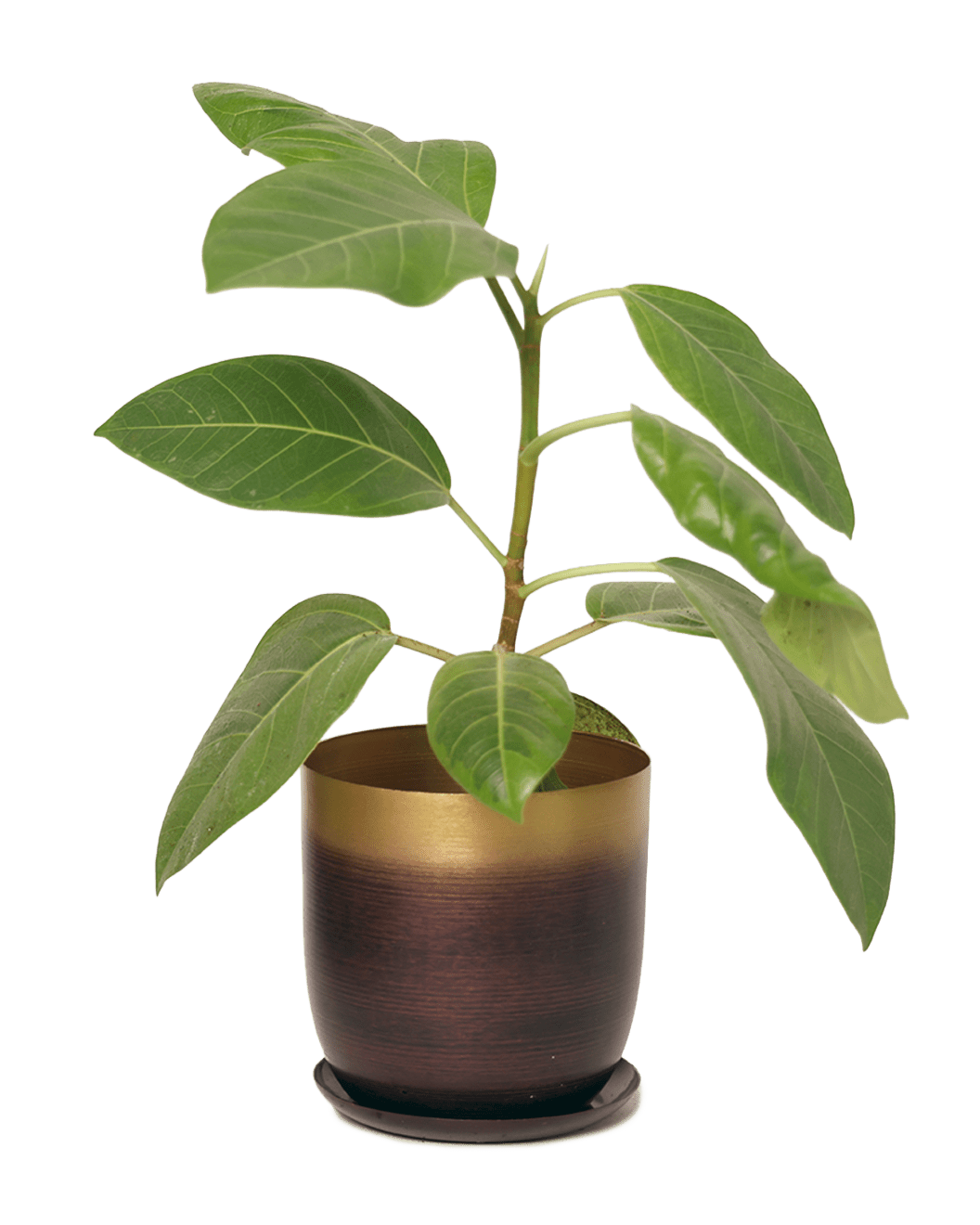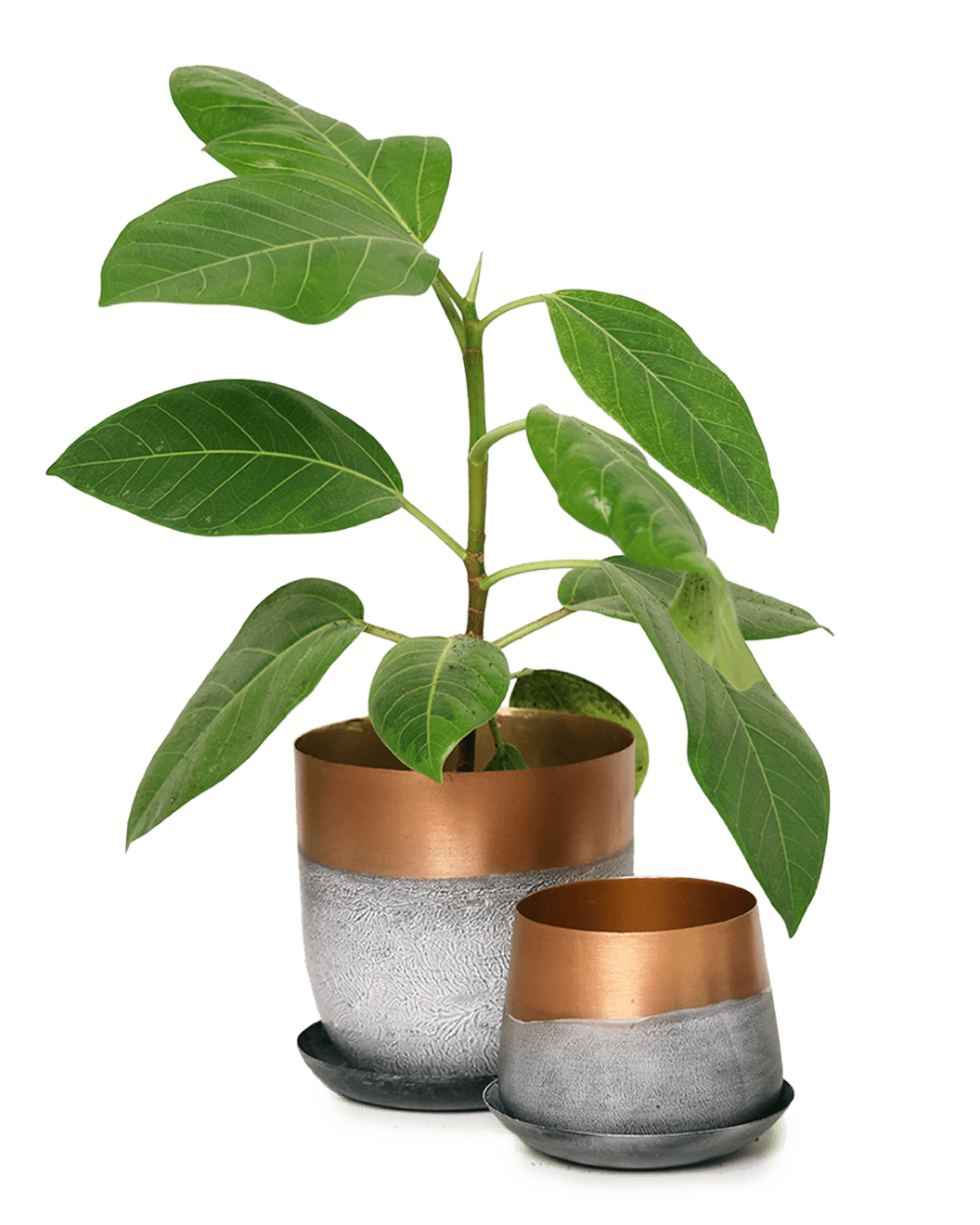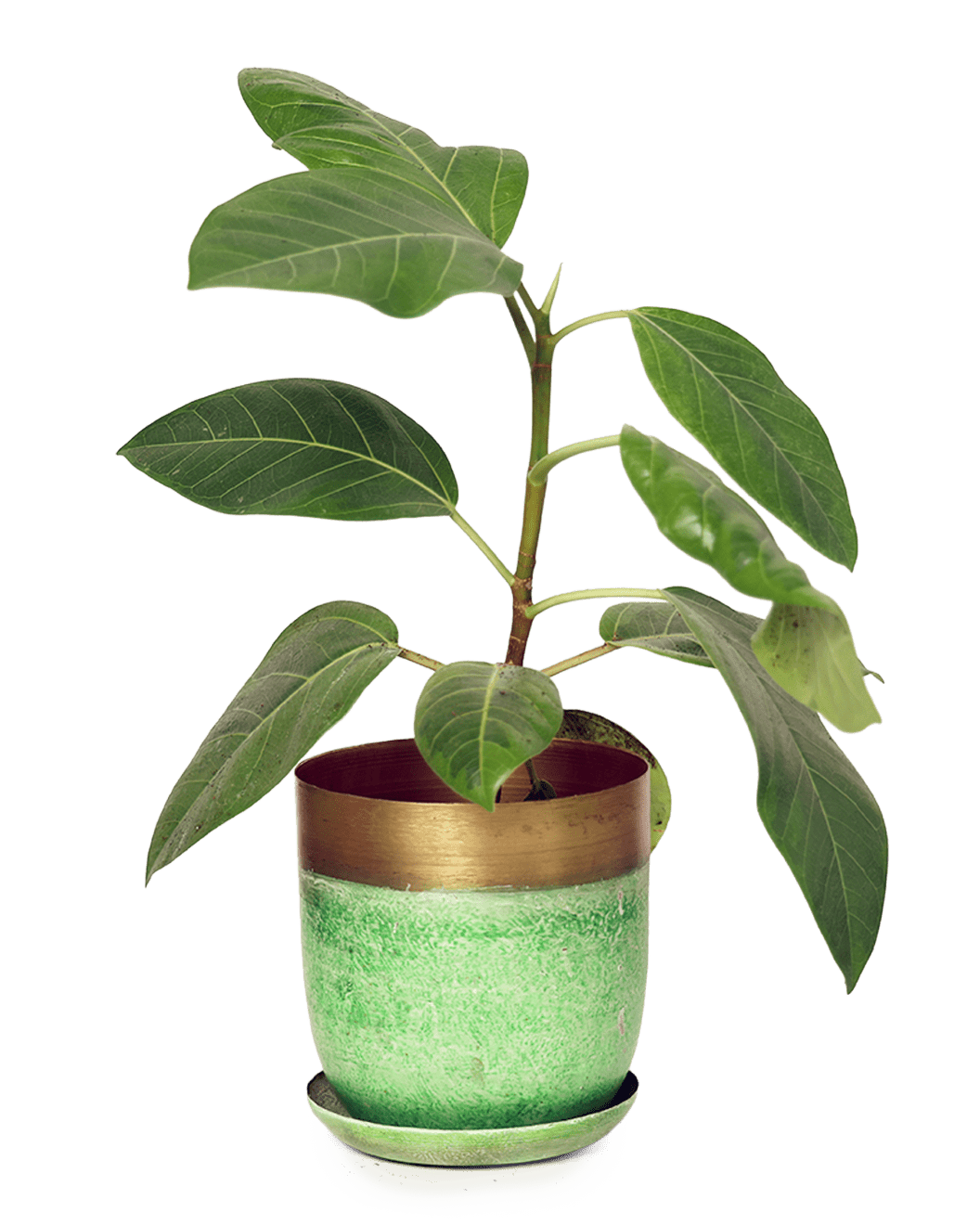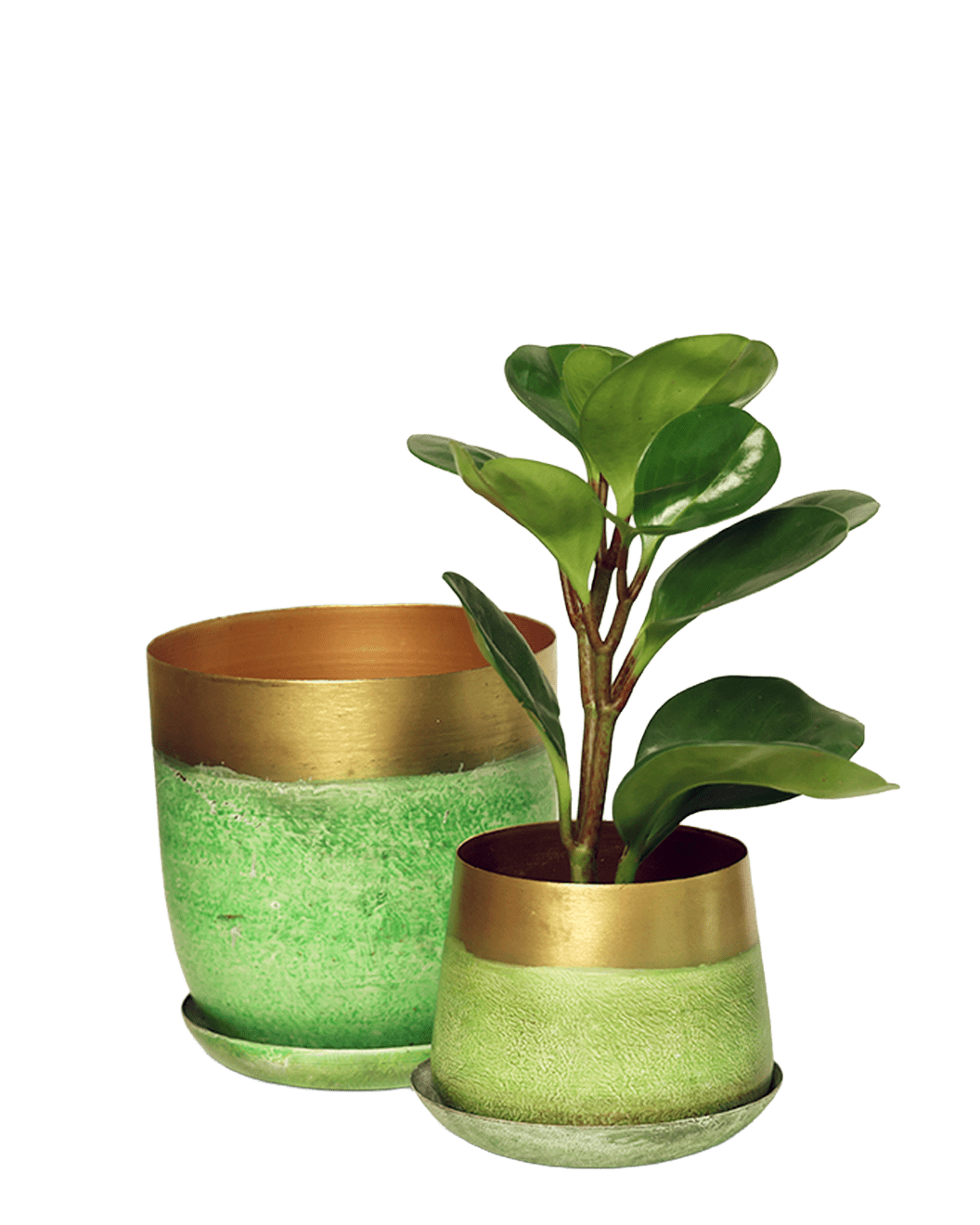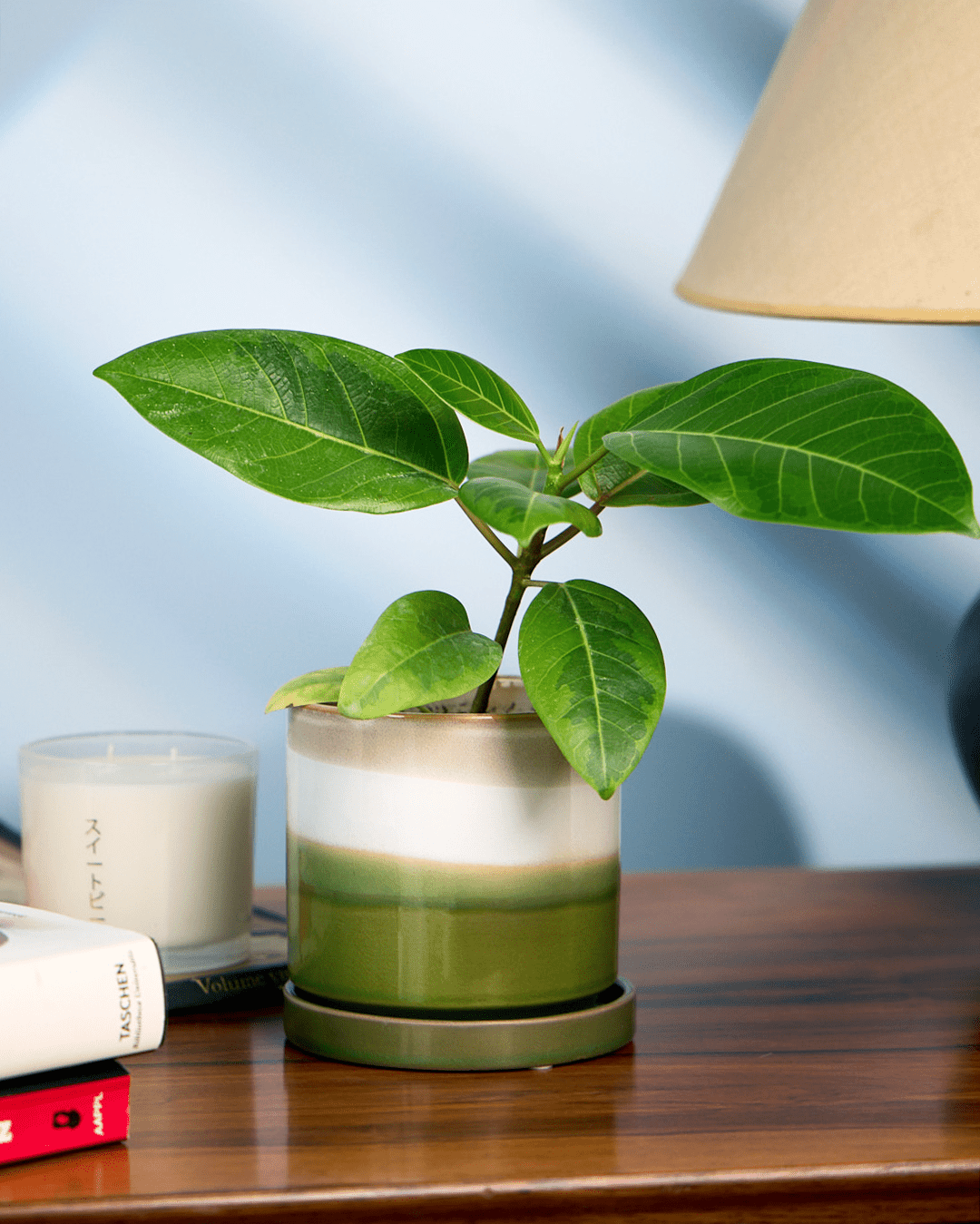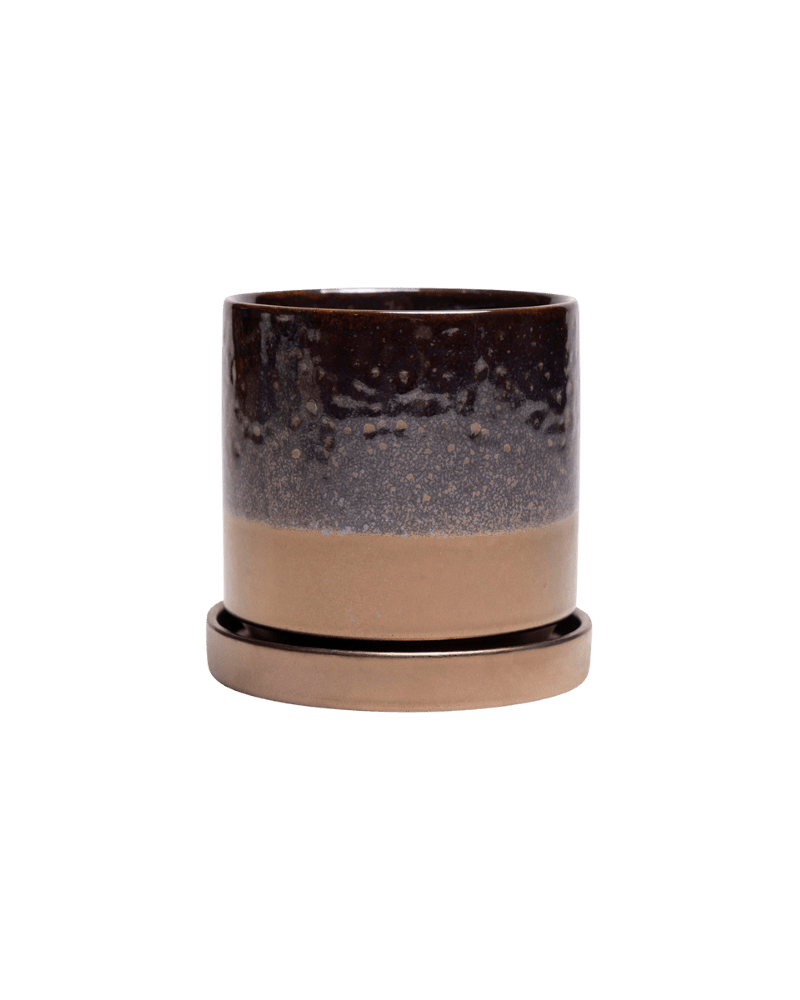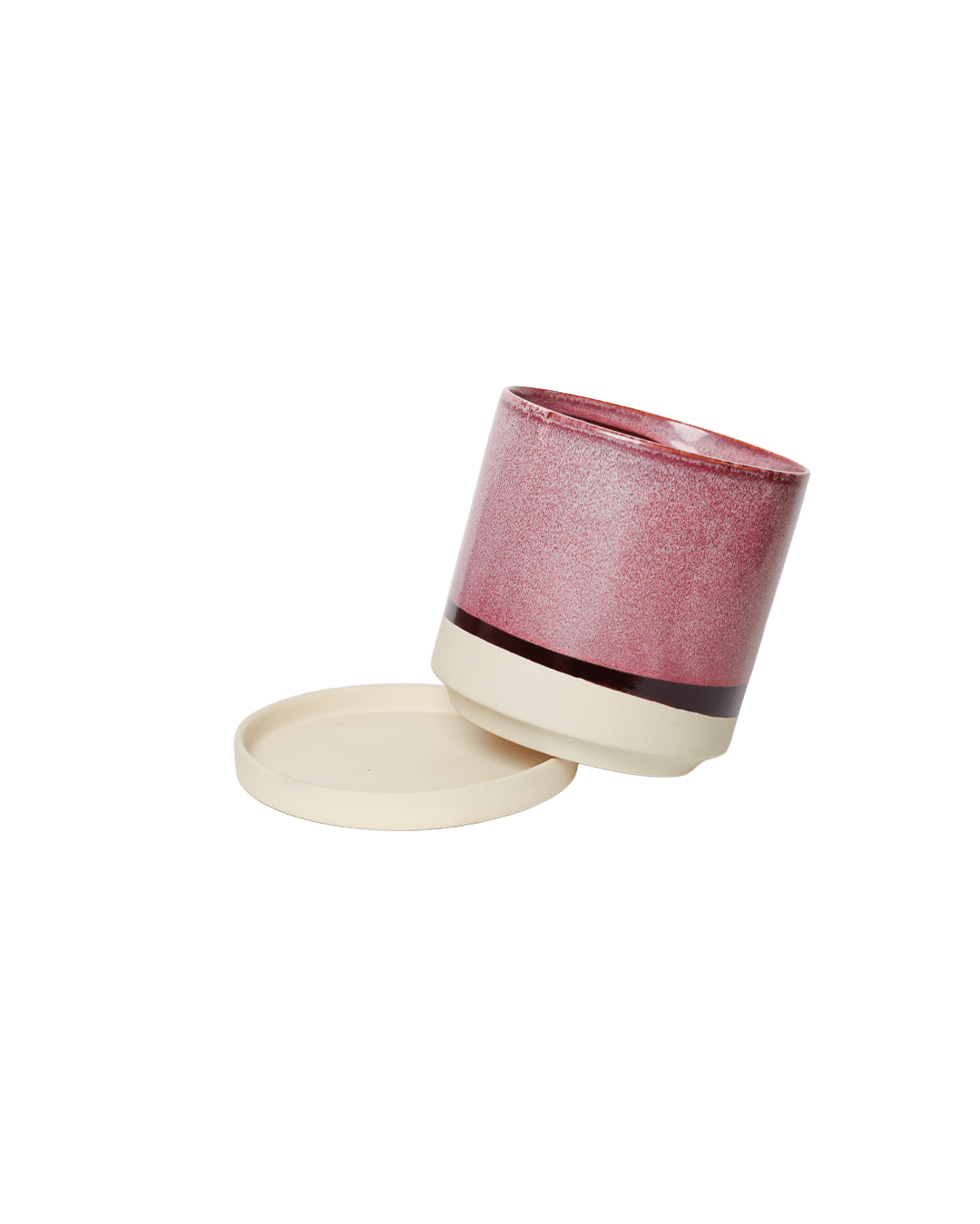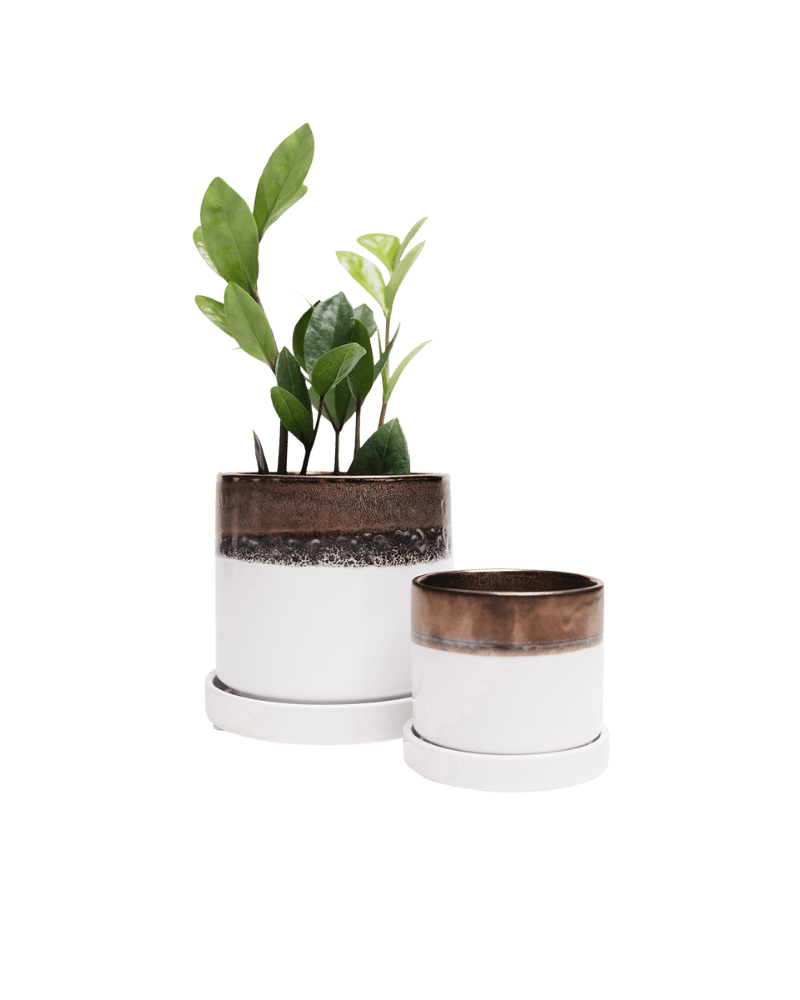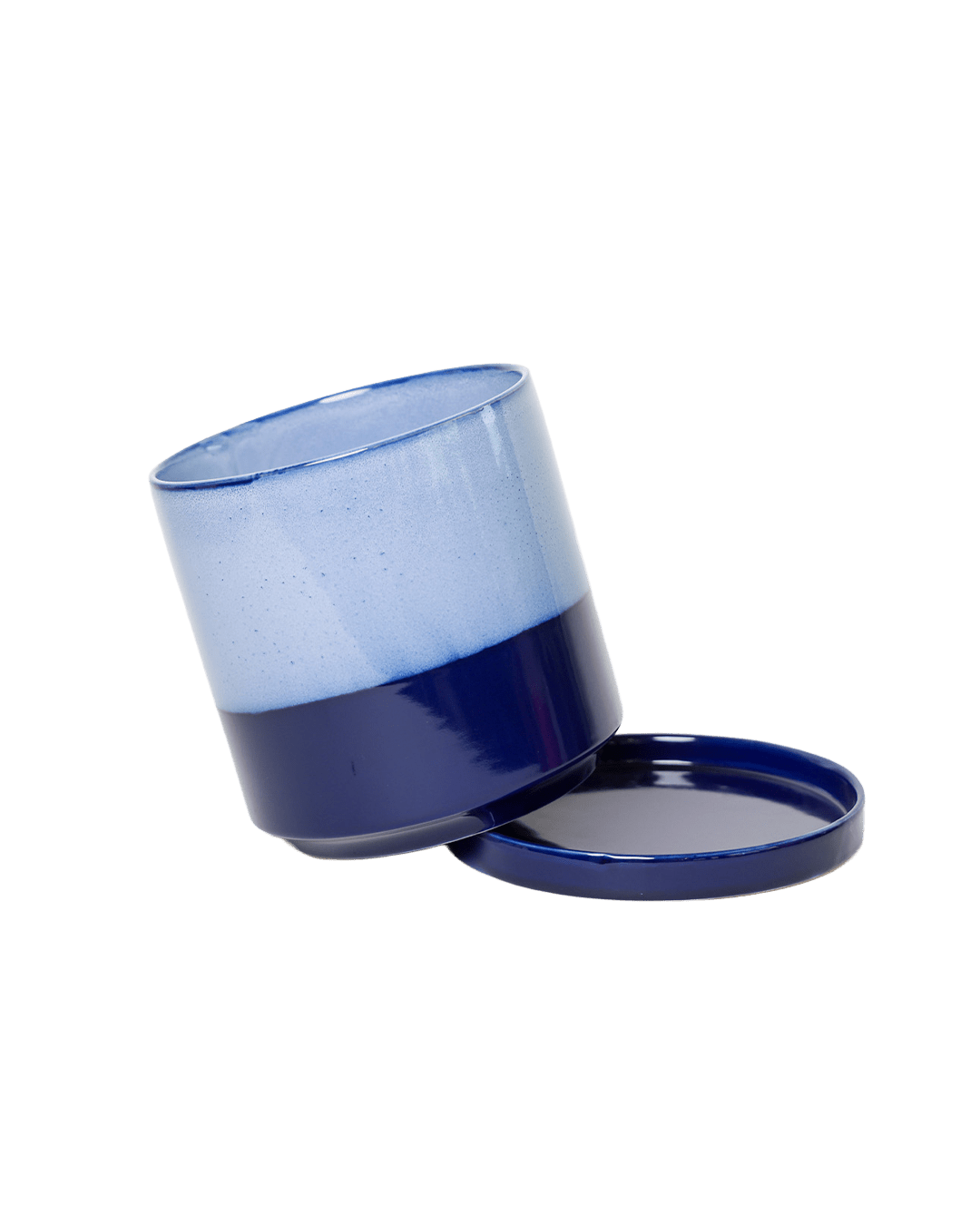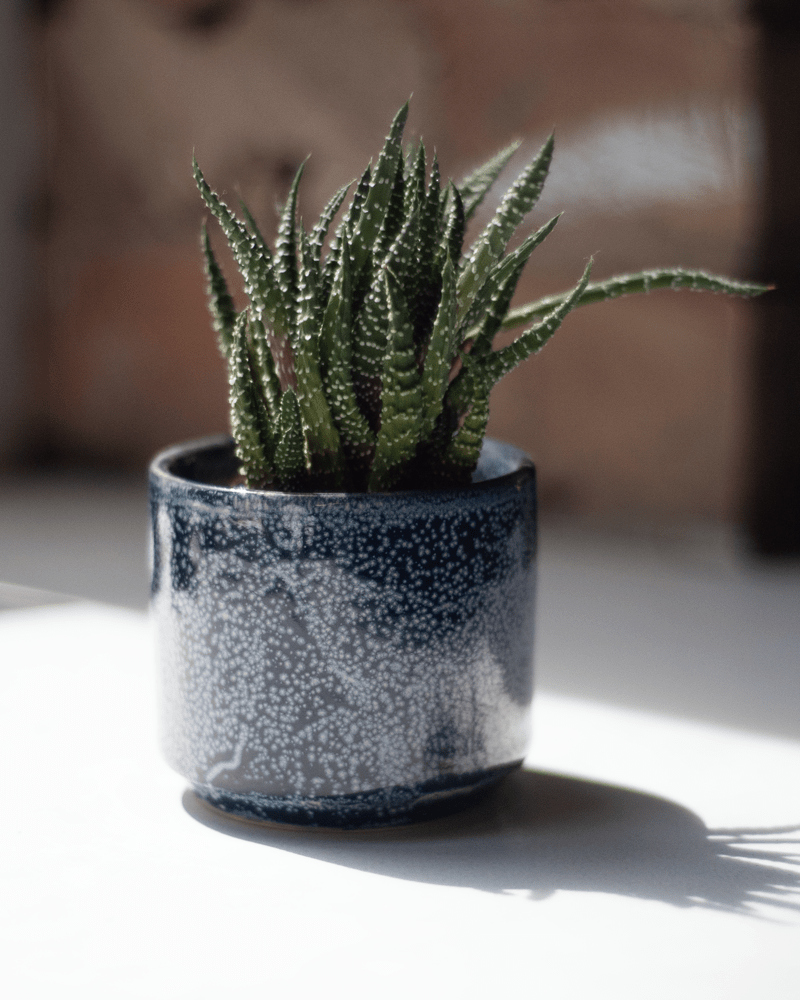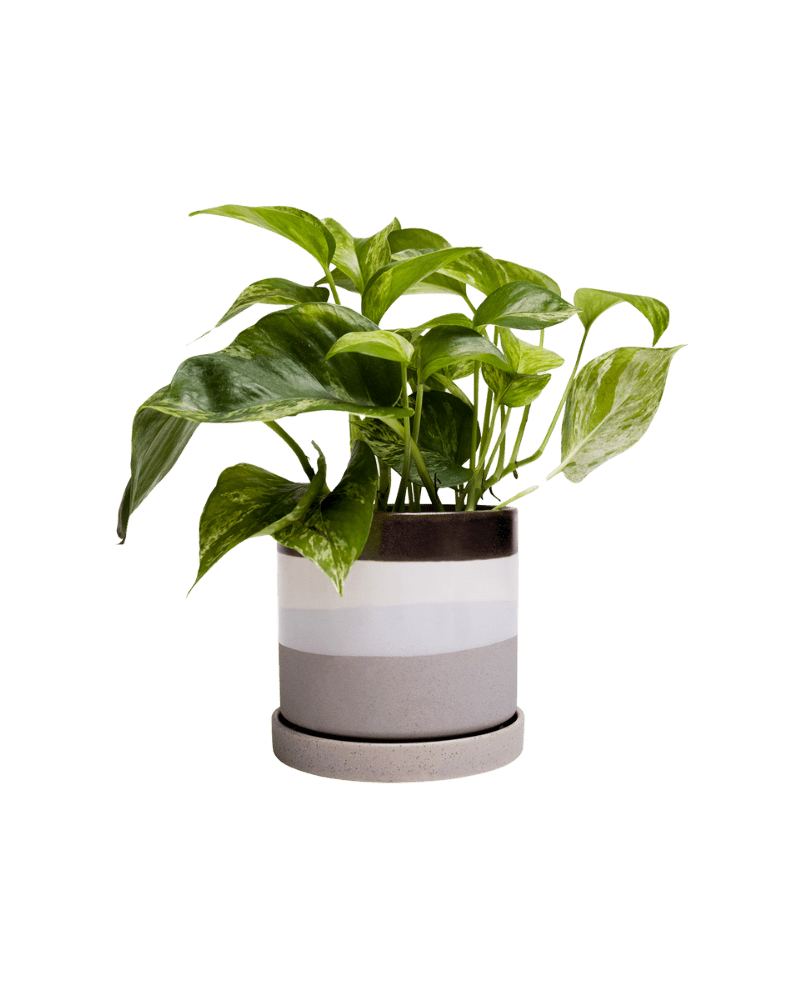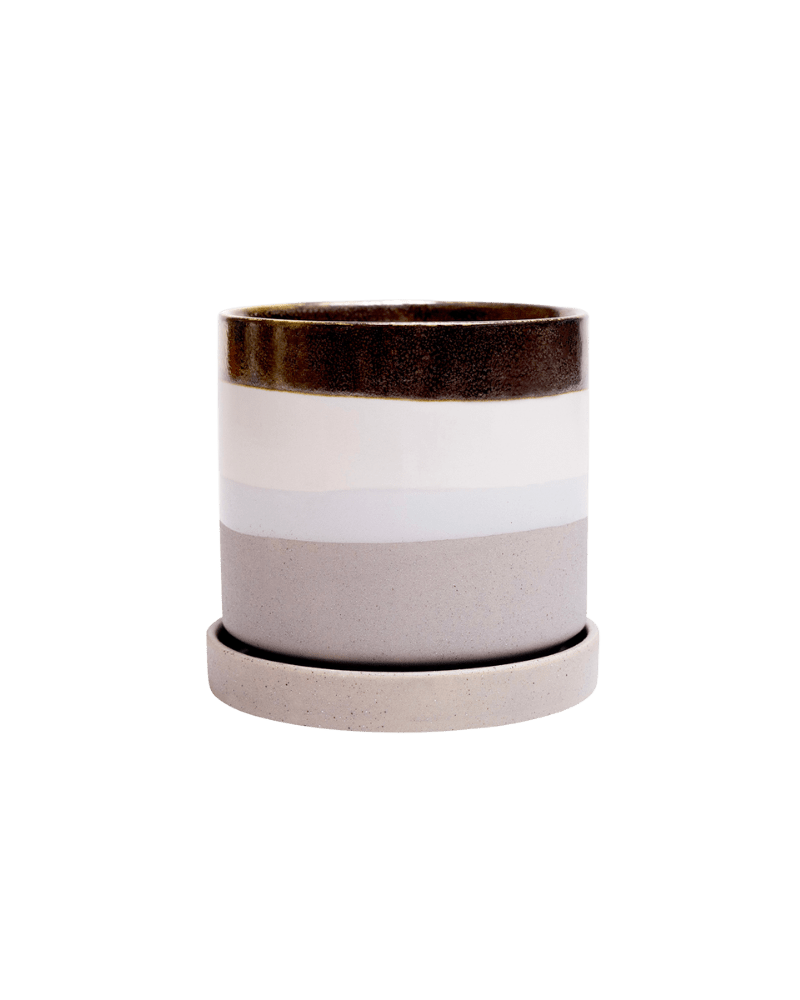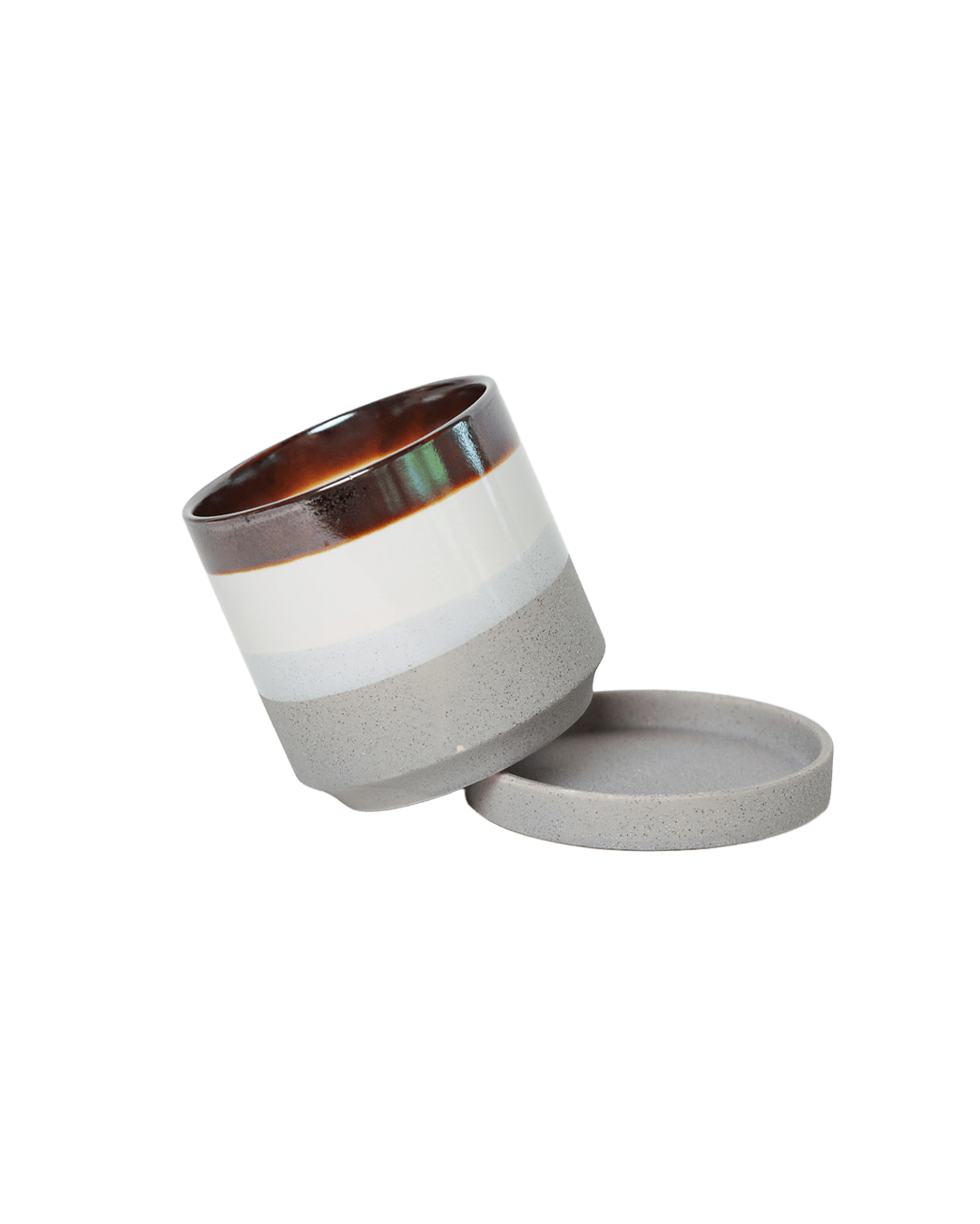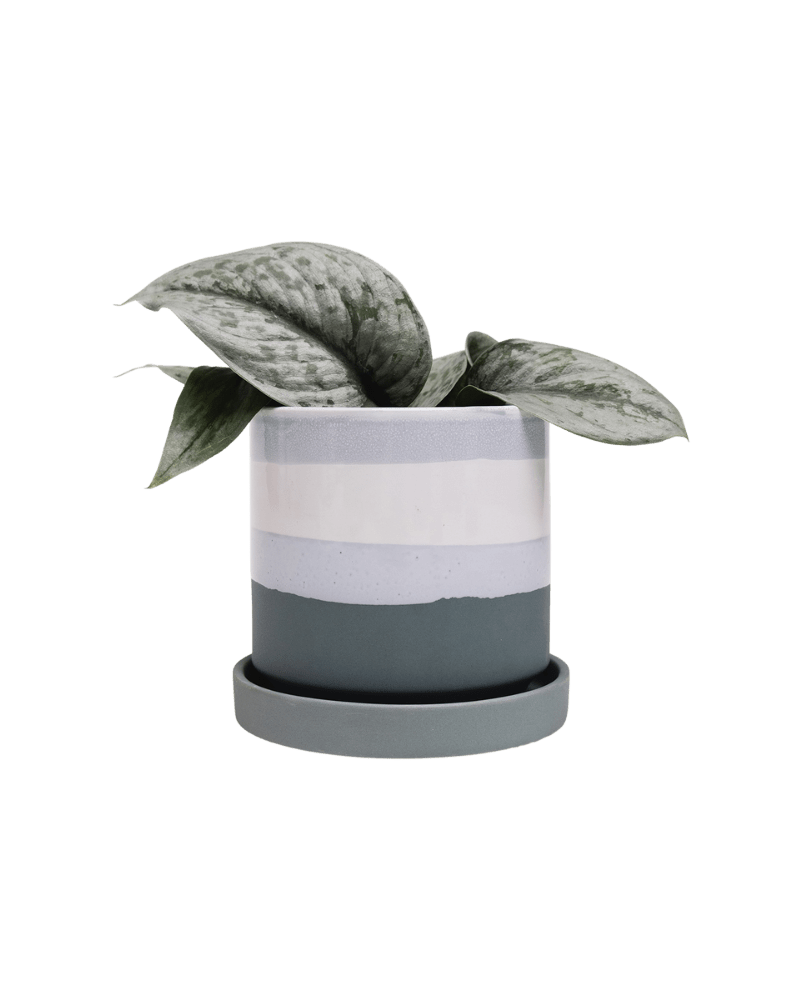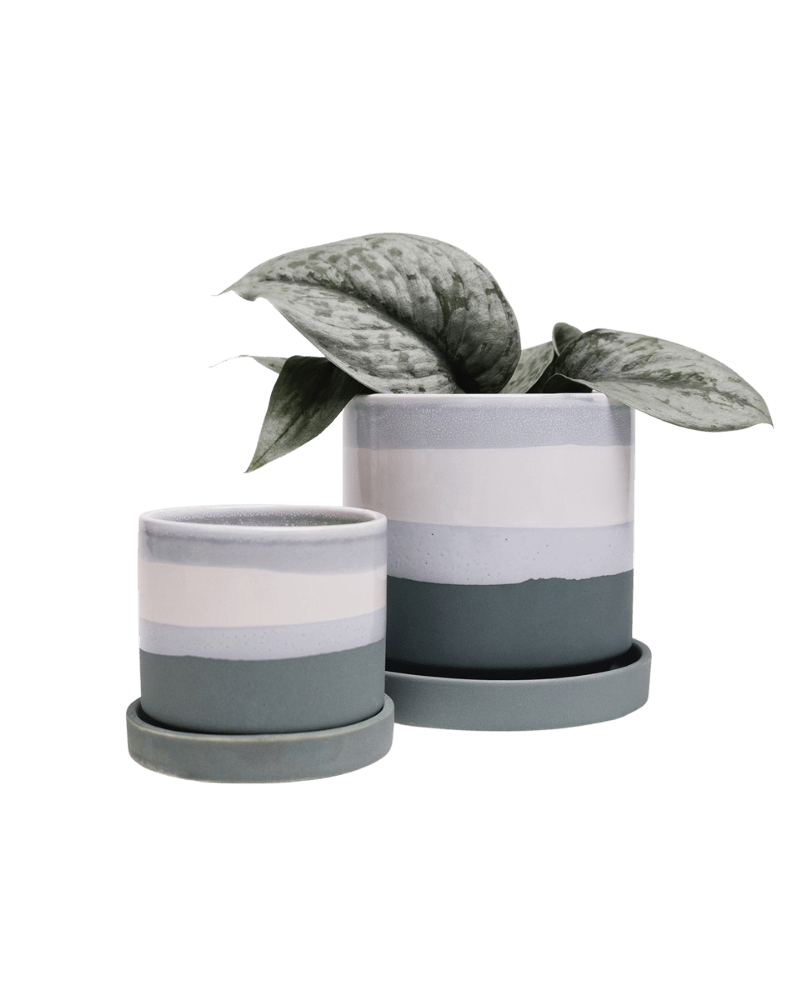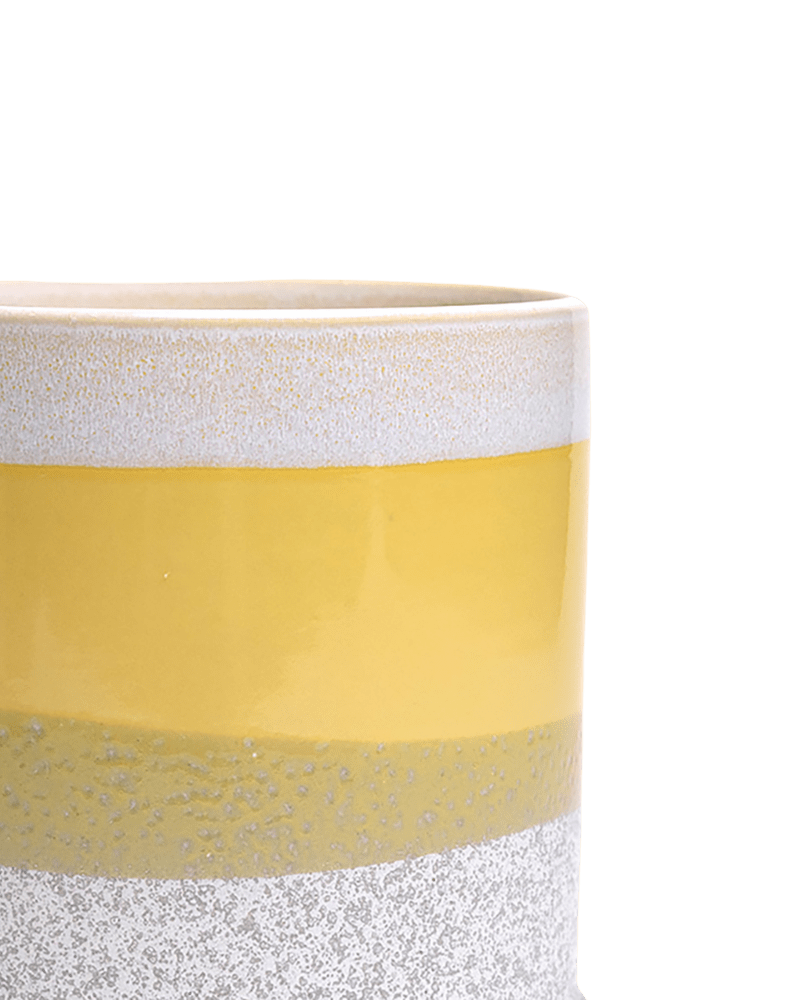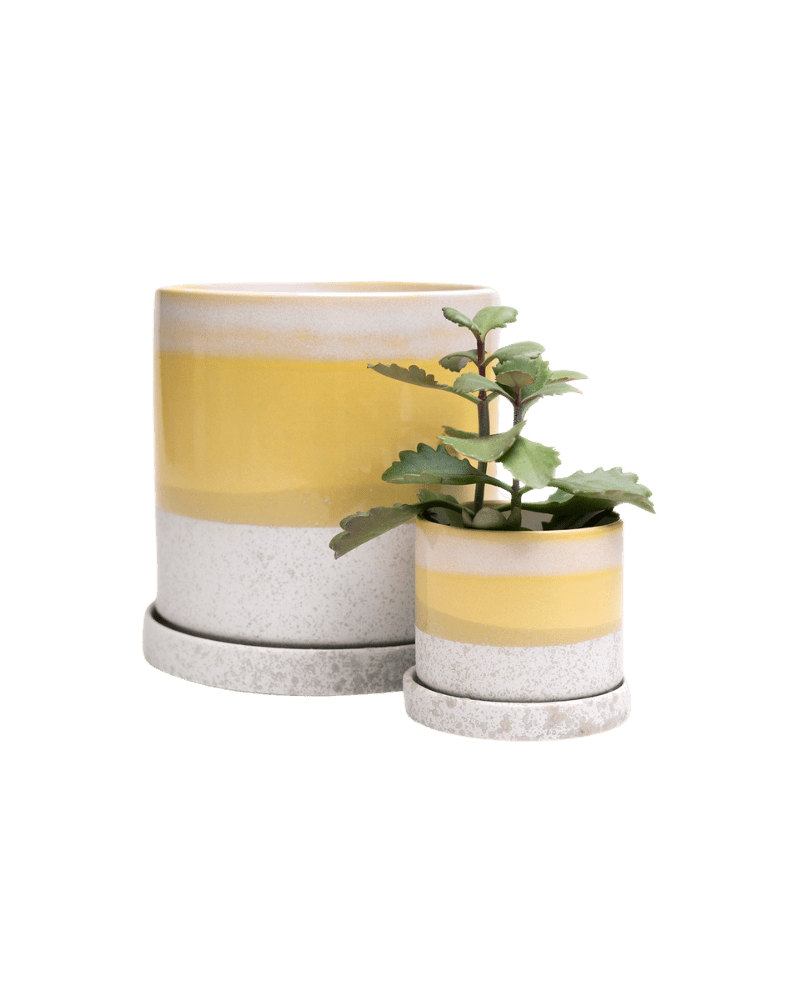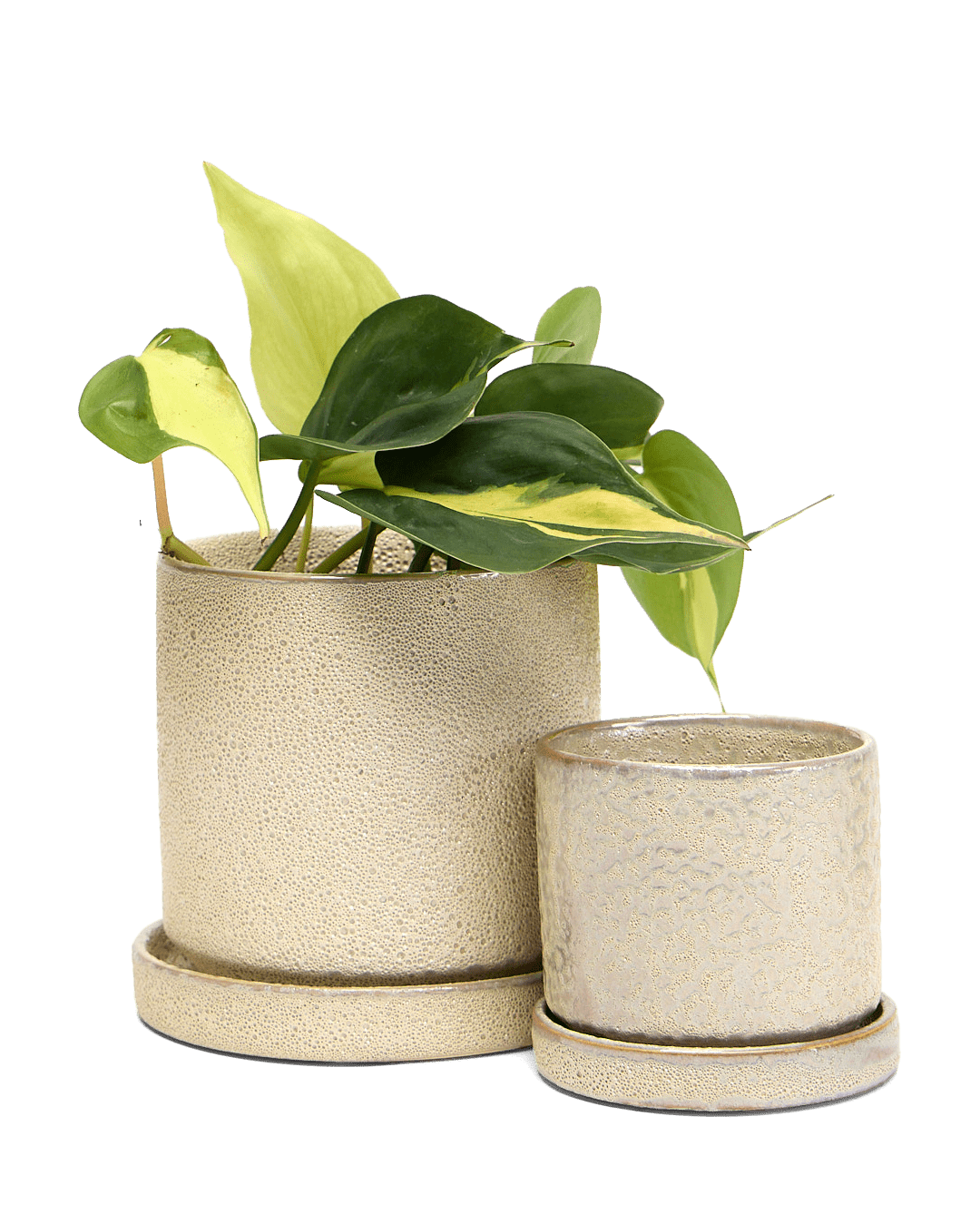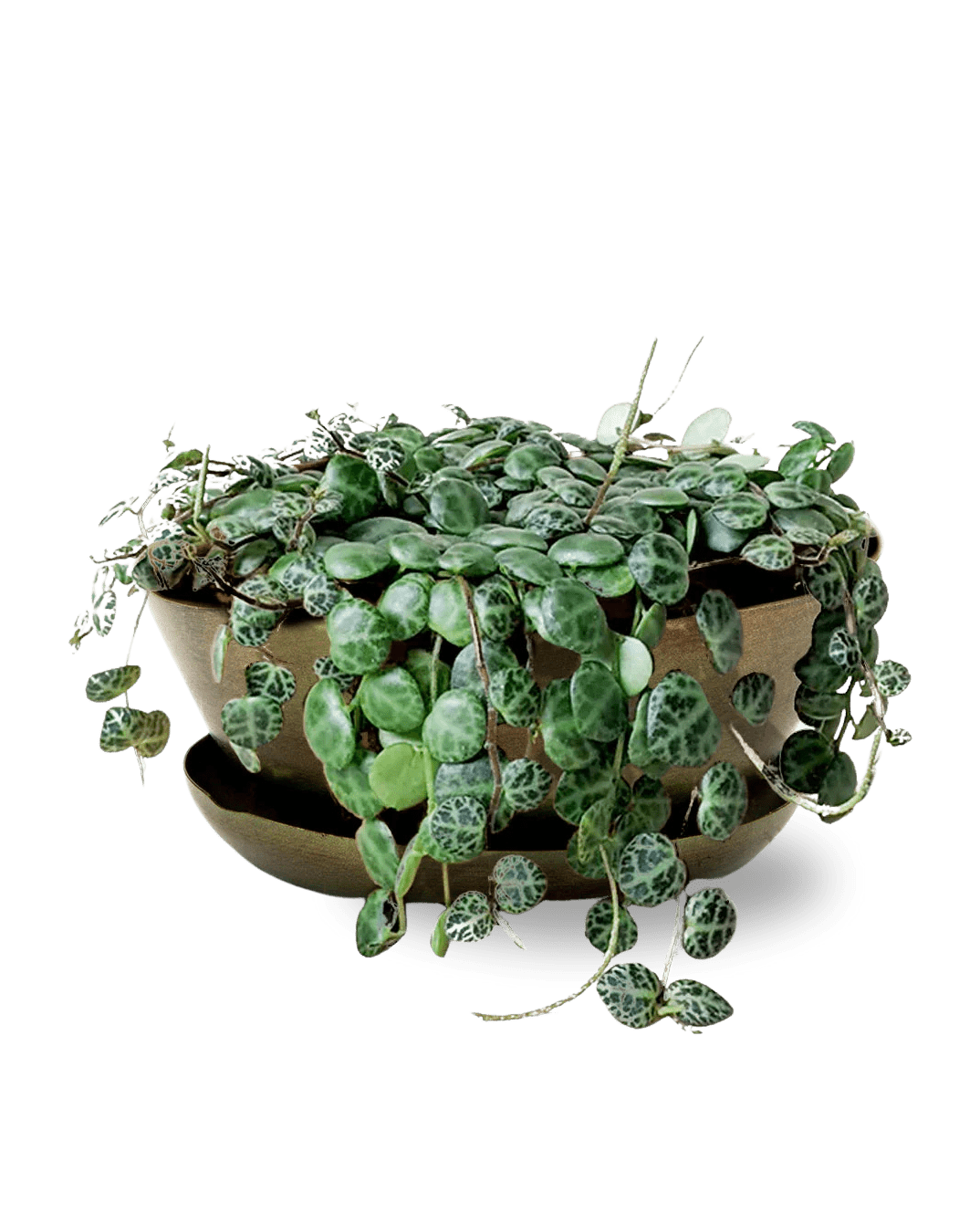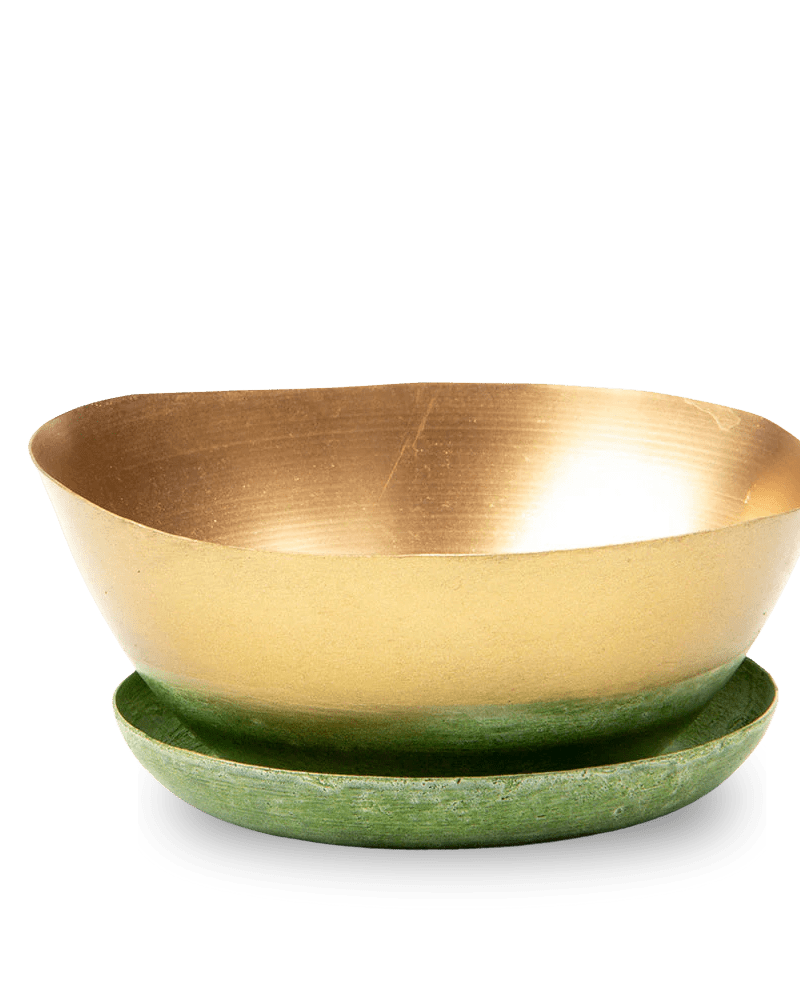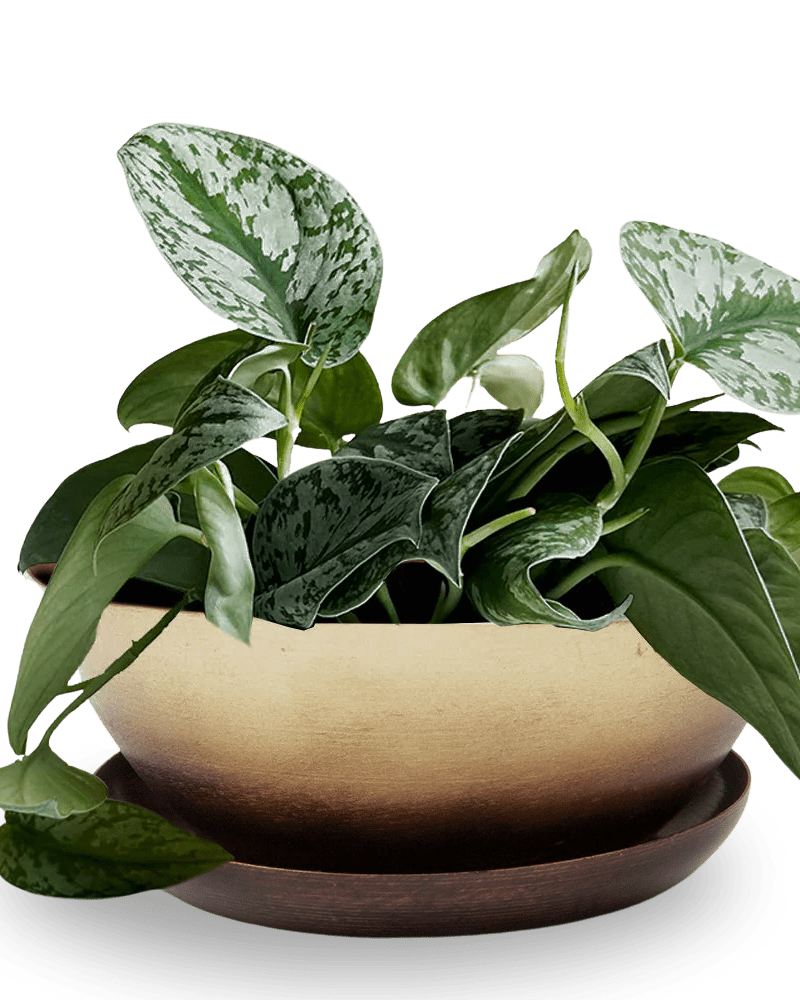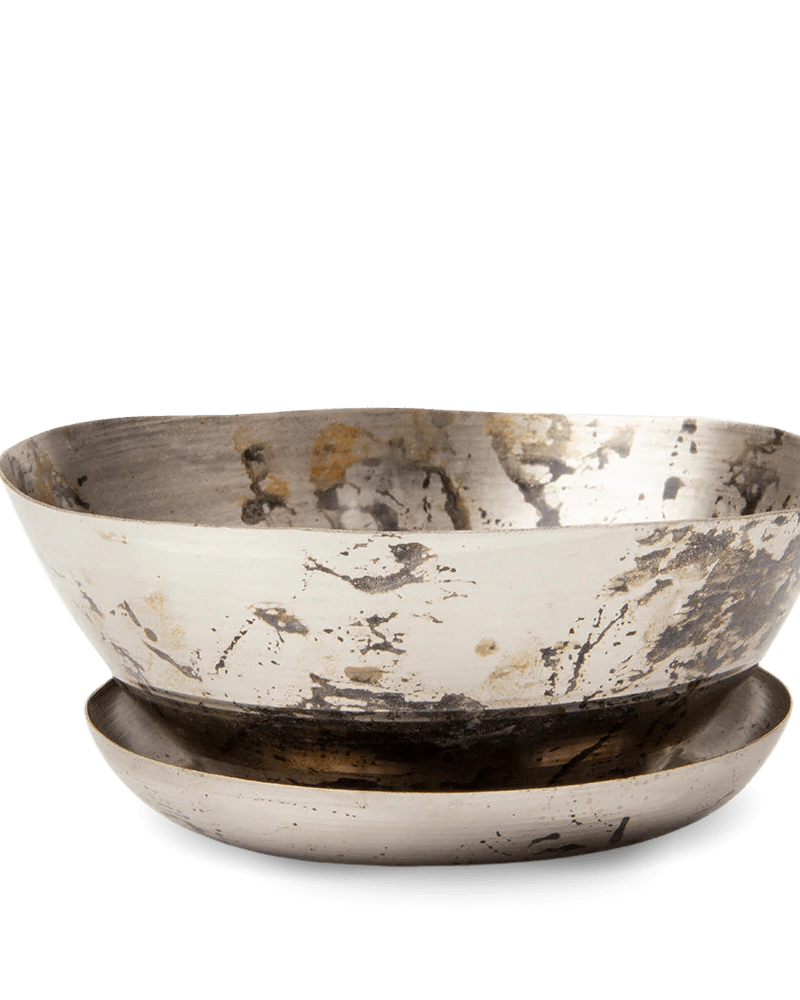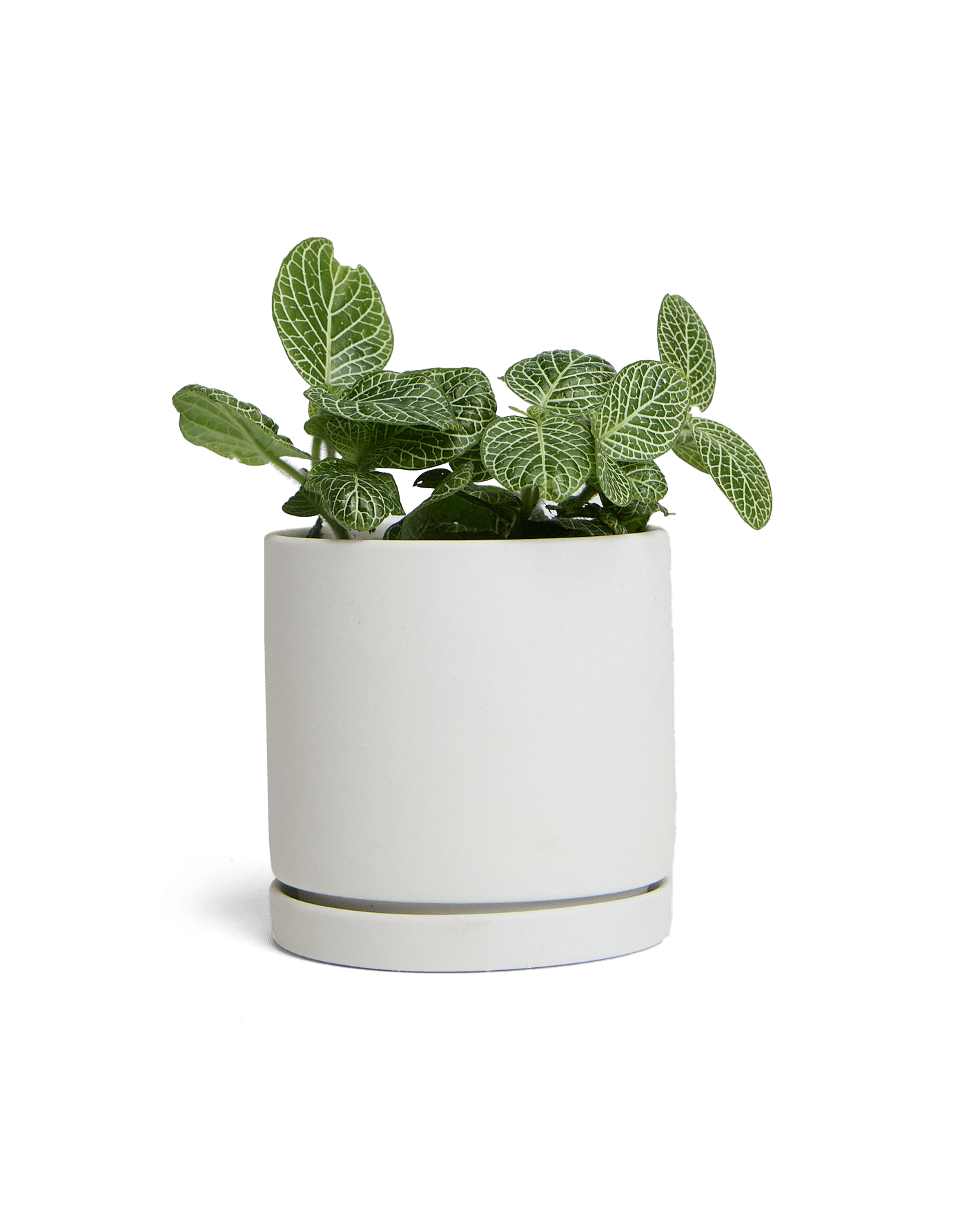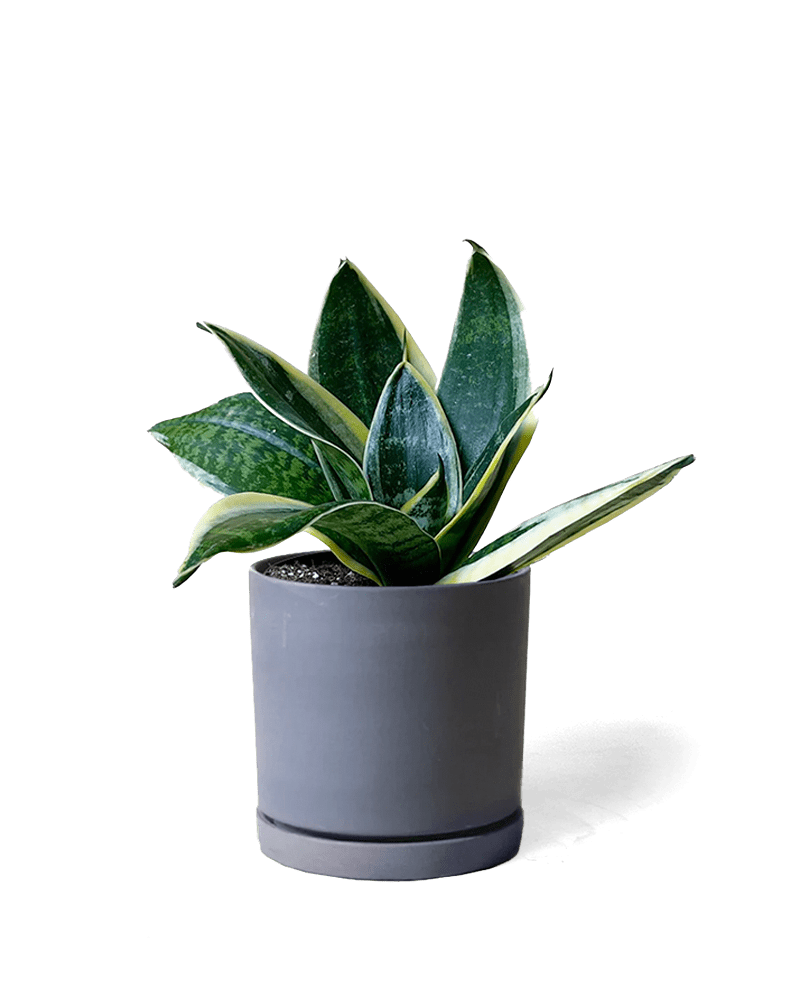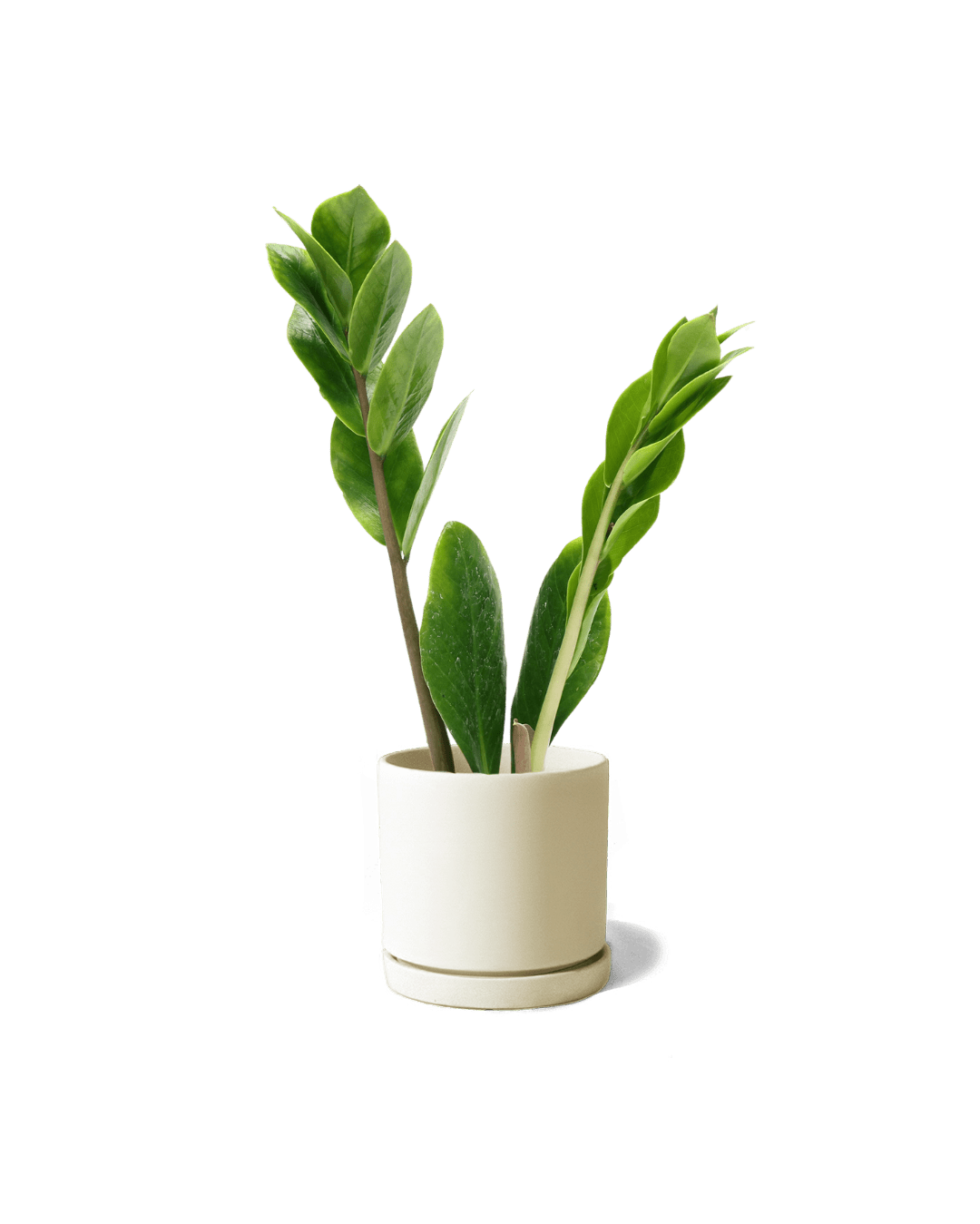Let's embark on a journey that will revolutionize your perspective on rust and its surprising benefits for your beloved indoor house plants. Buckle up, because we're about to turn your world of pots with drainage holes and saucers upside down!
First things first, let's address the elephant in the room - or should we say, the rusty elephant planter in the corner. While conventional wisdom might have you running for the hills at the sight of rust, it turns out that a little oxidation might not be the plant apocalypse we once feared. In fact, for some of the best indoor house plants, it could be a secret weapon!
Now, before you start exposing all your pots to the elements like some botanical mad scientist, let's break this down. Rust, that orangey-brown stuff that's been the bane of many a gardener's existence, is essentially iron oxide. And guess what? Plants need iron to grow! It's like nature's own slow-release fertilizer, cleverly disguised as neglect.
For those of you cultivating the best of indoor house plants, particularly acid-loving varieties like some ferns or even the occasional indoor blueberry bush, a bit of rust in their diet might be just what the plant doctor ordered. It's like serving your green babies a gourmet meal of iron supplements, except you didn't have to do anything except forget to clean your pots. Congratulations, your laziness has finally paid off!
Rust can also help with soil aeration. As it flakes off, it creates tiny pockets in the soil, allowing more oxygen to reach the roots. It's like your plants are getting a spa day with an oxygen facial, courtesy of your rusty old pots. Your monstera and other tropical beauties might just throw a party in celebration!

Now, let's not forget the wisdom from our friendly neighborhood plant experts. They sagely advise that "You CAN plant houseplants in metal containers." See? Even the pros are giving us the green light! They go on to say that metal is "durable, stylish, and long-lasting." Add a little rust, and suddenly you've got vintage chic! Your pot with drainage hole and saucer combo just got a trendy makeover.
But before you start celebrating and throwing rust parties for your plants, let's remember that moderation is key. Too much of a good thing can still be bad, even in the topsy-turvy world of plant care.
Tips to help you navigate this rusty road to plant paradise:
1. Embrace the patina:
Some metals like copper "develop a wonderful worn patina over time." It's not rust, it's character! Your monstera might just feel extra fancy.
2. Choose your plants wisely:
Some plants, like azaleas, love acidic soil. They might just thrive in your rusty pots like teenagers at an all-you-can-eat buffet.
3. Monitor your plants:
Keep an eye out for signs of iron toxicity, like yellowing leaves. Think of it as your plants' way of saying, "Easy on the rust, buddy!"
4. Get creative:
Try repurposing metal items as planters. Your rusty old colander could be the next trendy pot with drainage hole and saucer!
5. Drainage is still key:
Use that rust to your advantage by letting it create natural drainage holes. It's like your pots are evolving to meet your plants' needs!
6. Sunlight savvy:
Remember, metal can "get searingly hot in the sun." So keep your rusty beauties in a shady spot. They're like vampires, but instead of bursting into flames, they'll just cook your plants.
For those of you cultivating a jungle of the best indoor house plants, from the towering monstera to the delicate ficus, don't fret if your pots are showing signs of age. That rust might just be giving your plants an extra boost!

Now, let's talk about some specific plants that might benefit from a little rusty love. The monstera, with its dramatic split leaves, is known to appreciate a slightly acidic soil. A pot with drainage hole and saucer that's developed a bit of rust could provide just the right environment for this tropical beauty to thrive.

Snake plants, another favorite among the best indoor house plants, are known for their hardiness. They might not mind a bit of rust in their soil, and could even benefit from the extra aeration it provides.
Even succulents, those trendy little water-hoarders, might appreciate the extra drainage that a slightly rusted pot provides. Just make sure your pot with drainage hole and saucer setup is still functioning properly to avoid waterlogged roots.
In conclusion, while we're not suggesting you start a rust farm in your living room, a little oxidation might not be the end of the world for your green friends. It's all about balance, like most things in life (except chocolate - you can never have too much chocolate).
So, the next time you spot a bit of rust on your favorite planter, don't panic. Instead, raise your watering can in a toast to nature's own slow-release fertilizer. Your indoor house plants might just thank you for your "intentional neglect" by thriving in ways you never expected.
Remember, in the grand scheme of things, a little rust is just Mother Nature's way of adding some spice to your plant's life. And who are we to argue with Mother Nature? She's been in the plant business a lot longer than any of us have been alive!
Whether you're nurturing a majestic monstera, a collection of quirky succulents, or a diverse array of the best indoor house plants, don't be too quick to toss out that rusty pot with drainage hole and saucer. It might just be the secret ingredient your indoor garden needs to truly flourish. Happy planting, and may your green thumb be ever so slightly tinged with rust!




















